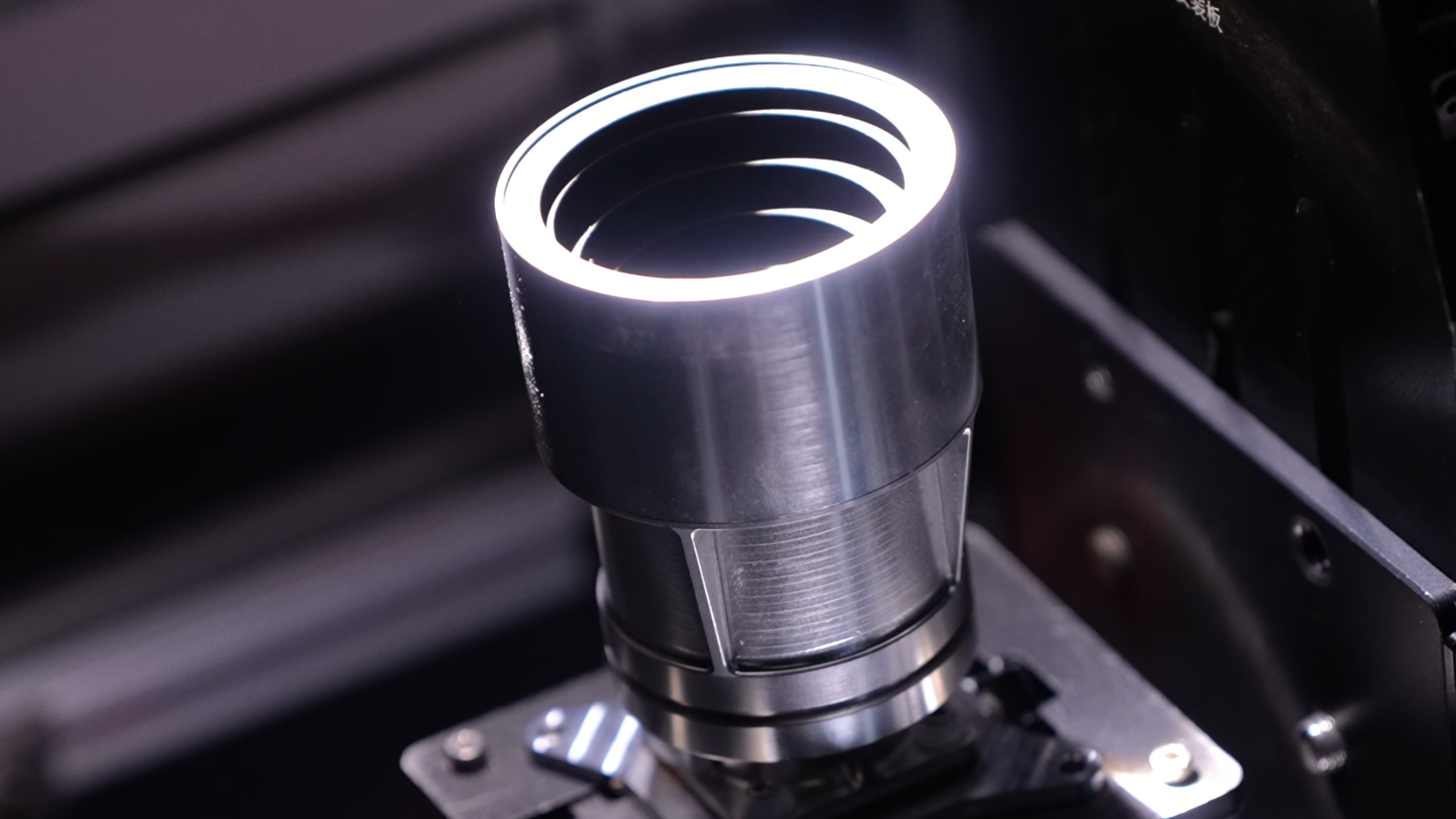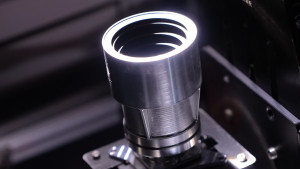
Stray light, also called parasitic or unwanted light, refers to any light entering an optical system without contributing to target imaging or measurement. It originates from various sources, including surface reflections, particle scattering, edge diffraction, or external sources like sunlight and artificial lighting.
In aerospace, stray light effects amplify dramatically. Space optical systems, such as satellites, telescopes, or planetary rovers, operate under extreme lighting conditions. They face strong interference from direct sunlight or Earth albedo (reflected light from Earth’s surface).

Aerospace experiments represent one of the most challenging applications for stray light analysis. Optical instruments in space missions capture faint signals from distant stars, planets, or deep space. Meanwhile, they resist intense background light from the Sun, Earth, or Moon. For example, satellite Earth observation systems suffer from solar stray light interference. Thus, they fail to detect trace atmospheric composition changes accurately.
Microsatellite star trackers image stars to control spacecraft attitude. However, solar or lunar stray light can “blind” sensors and cause loss of control. Recent studies develop hybrid validation methods combining simulation and physical testing. They optimize multi-stage conical baffle designs and achieve stray light attenuation over 99%.
Stray light suppression techniques in aerospace:
– Baffles and vane structures: Multi-stage conical or vane baffles attenuate stray light by several orders of magnitude.
– Surface treatments: Engineers apply high-absorption coatings, anodizing, or nanostructured light-absorbing materials.
– Optical filters: Narrowband or polarization filters allow only target wavelengths to pass and block broadband stray light.
– Stop designs: Aperture stops and Lyot stops limit the field of view and prevent off-axis light entry.
– Software compensation: Post-processing algorithms estimate and subtract stray light effects, yet hardware suppression takes priority.
Send us a message,we will answer your email shortly!